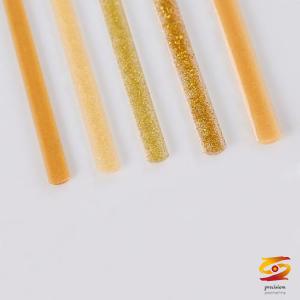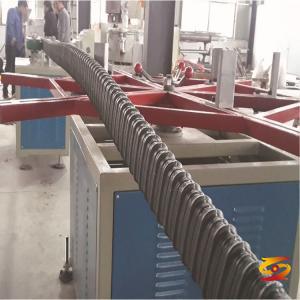difference between PVC and CPVC
What is the difference between PVC and CPVC?1. Material characteristics:
PVC is polymerized by vinyl chloride monomer (VCM). PVC material has the characteristics of non-toxic, anti-aging and acid and alkali resistance, so it is very suitable for use in chemical pipelines. The mixture of PVC raw materials with a certain amount of solid additives (no plasticizers) is called rigid polyvinyl chloride (UPVC).
CPVC is a polymer material modified by chlorination of polyvinyl chloride (PVC) again. After chlorination of PVC resin, the chlorine content is increased from 56.7% to 63-69%, which increases the chemical stability and improves the material. The heat resistance, acid, alkali, salt, oxidant and other corrosion; its thermal deformation temperature and mechanical properties are much higher than UPVC. Therefore, CPVC is one of the best engineering materials for industrial piping.
Difference from PVC
1. Different chlorine content
PVC (polyvinyl chloride) chlorine content: 56%
CPVC (chlorinated polyvinyl chloride) chlorine content: 67%
2. Vicat temperature (heat deflection temperature): a measure of performance.
General Vicat temperature of CPVC and PVC:
PVC: Vicat temperature is 71-75 ℃
CPVC: Vicat temperature is 100-125 ℃
Pipe Vicat temperature 110 ℃ JC --701 Raw material CPVC Vicat temperature is 124 ℃ -128 ℃
Pipe fitting Vicat temperature 103 ℃ ZS --601 Original material CPVC Vicat temperature is 121 ℃ -125 ℃
The processing fluidity (rheology) of the pipe fittings is higher than that of the pipe. It is adjusted by adding additives, and its Vicat temperature is lower than that of the ordinary pipe.
3. The strength measured by the drop weight test is 2 times or more higher than ordinary PVC
4. Water pressure resistance test is higher than ordinary PVC
If you want to know more about it please do not hesitate to contact me. WhatsApp:+86-15966835076








